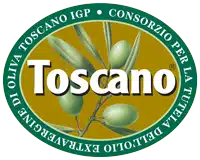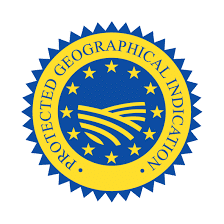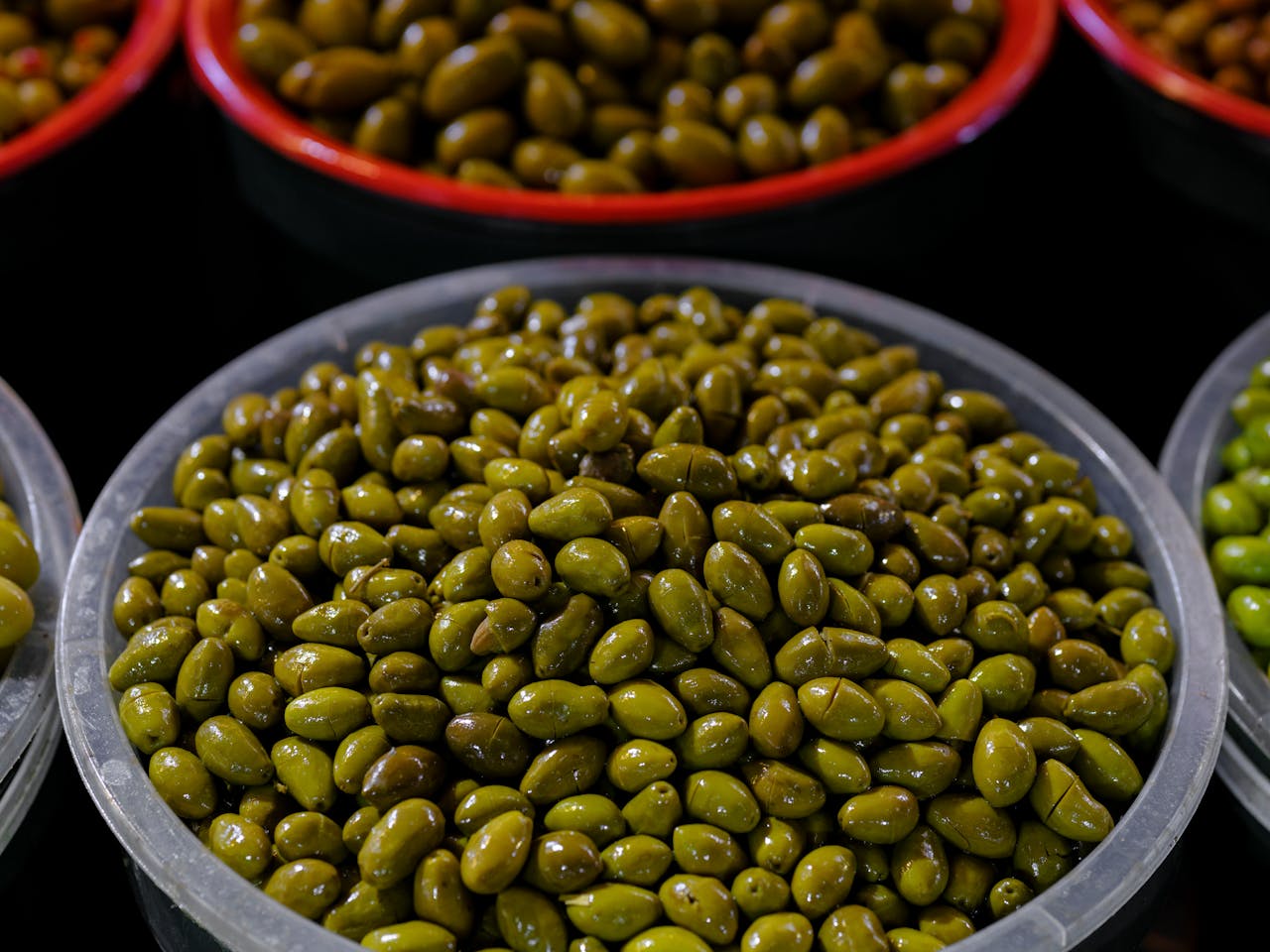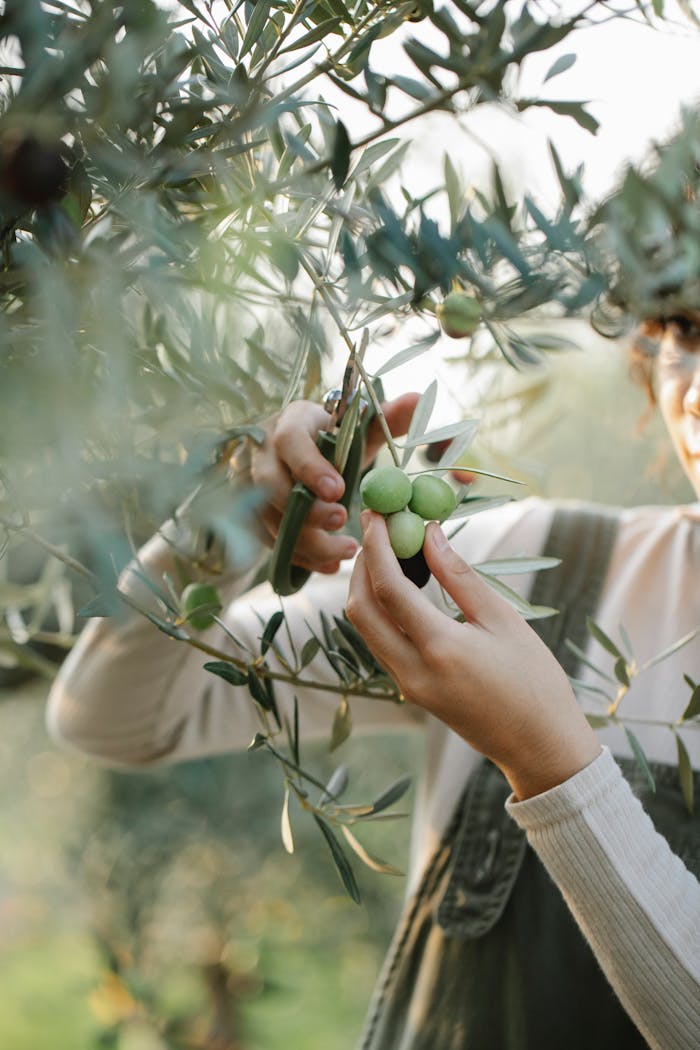When buying your extra virgin olive oil, the choice of products, countries of origin and brands is huge. Here we give you some information on how to make an more conscious choice
Guaranteeing the origin of your oil
Extra virgin olive oil is produced in a large number of countries and regions, mostly in the mediterranean area, subject to very diverse weather conditions, using very different farming techniques and therefore delivering a wide spectrum of quality at very different prices.
For example, Spain, which produces 35-40% of worldwide extra virgin olive oil, has generally adopted a fairly intensive and industrialised farming system, relying on young trees of high yield varieties, planted very close to one another and using a highly mechanised system for harvesting the olives. On the contrary, Italy, which accounts for 15% of global production, due to its very different geography, relies on more traditional, less intense farming and harvesting methods.
With such diverse environments, it is not hard to imagine that the quality and the cost of the oil in one country can be very different from the neighbouring one. In a global marketplace, the opportunity to buy something in a cheap place, rename it and sell at a premium pretending to be something else is clearly very appealing for some…..
Let us therefore introduce you to the Consortium for the Protection of Tuscan extra virgin olive oil, a nearly 30 years old institution, dedicated to the control, defense and promotion of high quality extra virgin olive oil produced in Tuscany…
IGP = Indicazione Geografica Protetta – Guaranteed Geographic Origin
Oil producing companies in Tuscany can choose to affiliate themselves to the IGP Consortium, and by doing that they agree to follow a series of rules and processes to guarantee the quality of their oil and to undergo a number of controls before they can commercialise their oil.
For example, upon signing up to join the Consortium, a producer has to declare how many plants it has, where they are located and which variety they are. Only trees belonging to typical Tuscan varieties and located within the territory of Tuscany can be accepted to be labeled as IGP Toscano. From the number of trees declared, an estimate of the potential quantity of oil that can be produced can be easily made, thus limiting the potential to ‘mix and add’ oils of different origin.
When harvest time comes, the olive oil needs to be stored separately, and EVERY batch is analysed and tasted by the Consortium, before granting the seal of IGP. This means that obtaining the IGP certification one year, does not automatically guarantee it for the following year….
Upon granting the IGP certification, the Consortium supplies the producer with a defined number of labels branded ‘Toscano’, to be applied to the bottles or canisters. The number of labels provided corresponds to the quantity of oil that has been tested and certified. The labels carry a specific batch number, and by going online on the Consortium web page and typing in that number, the consumer receives all the information related to that production batch, thus guaranteeing that they got what they paid for.


Summary
In summary, the IGP is a bit like the DOC definition for the wines, guaranteeing that the product comes from a specific place, it has been produced following specific criteria, and its quality meets certain standards set by the Consortium, thus reducing the chances that counterfeit or dubious origin produce reach your table.


